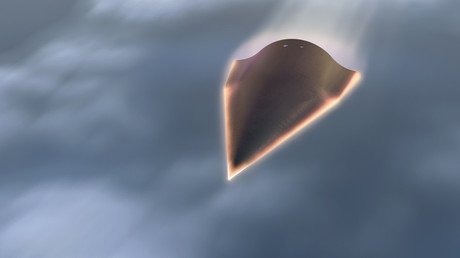Russian strategic missile troops reportedly launched an RS-18 ballistic missile on Tuesday. The launch may have been a test of the advanced hypersonic glider warhead, which would be able to defeat US anti-missile systems.
The test was conducted at midday from a site near the town of Yasny, Orenburg region, in the southern Urals, and the warhead reached the Kura test range in Kamchatka in Russia’s Far East.
“The test was a success. The warhead was delivered to Kura field,” the Defense Ministry reported.
Popular defense blog MilitaryRussia.ru says the launch was meant to test Russia’s hypersonic glider warhead, currently known by its developer designation, ‘object 4202’, or Aeroballistic Hypersonic Warhead.
A select few countries are currently developing the technology. The US has the HTV-2, a device developed by DARPA that has two partially successful tests under its belt. The Chinese warhead using the same technology is called DF-ZF, with Beijing first confirming a test in 2014. India is also studying hypersonic flight technology, but unlike Russia, the US and China, it is reportedly not developing a strategic missile warhead.
A hypersonic glider vehicle (HGV) is different from a conventional ballistic missile warhead in that it travels most of the time in the stratosphere rather than in space. It gives an HGV-tipped missile greater range and may give anti-missile systems a shorter window to respond to an attack.
More importantly, an HGV can maneuver during the approach to a target at high speed, making interception significantly harder, because it makes guiding an interceptor missile towards the attacking vehicle challenging and potentially impossible with current rocket technology.
READ MORE: Russia unveils first image of prospective ICBM set to replace ‘Satan’ missile
Object 4202 is reportedly meant to be used with Russia’s next-gen heavy strategic missile the RS-28 Sarmat. Military experts estimate that the new ICBM, an image of which was first made public this week, may carry up to three HGVs as payload.
A previous possible test of object 4202 was reported in April.


